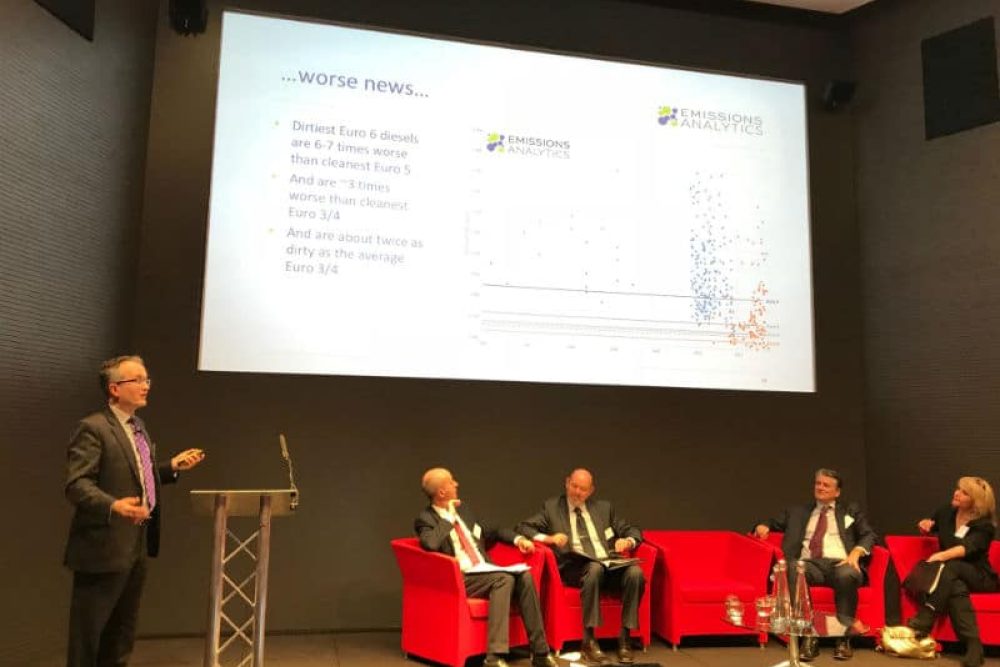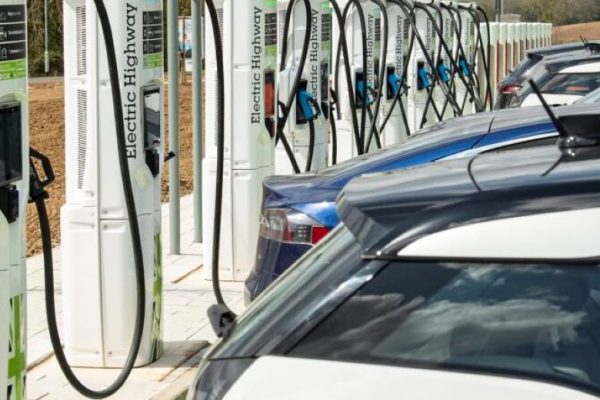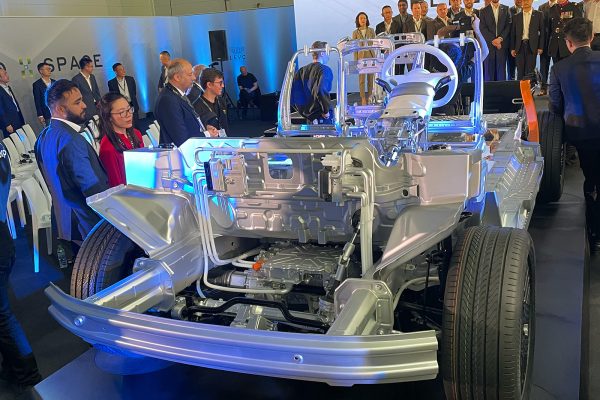WHILE the Leasing Broker Federation’s Conference took place on one side of London, the first National Air Quality Conference took place over in Docklands. BCM kept tabs on what was going on…
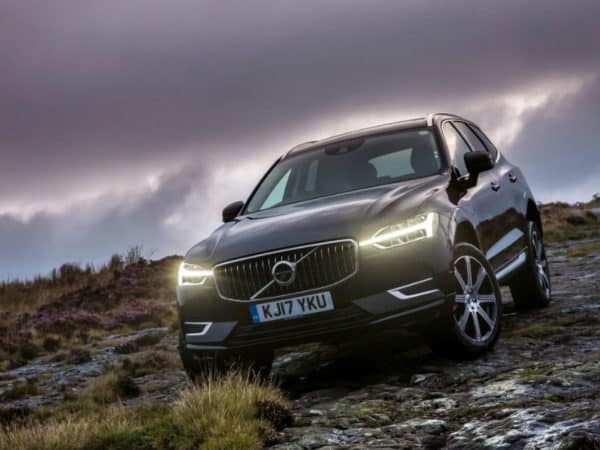
Budget – RDE2 new standard for diesels
The November budget didn’t amount to a whole hill of beans for the air quality people, however the Chancellor of the Exchequer’s decision to make RDE Step 2 (not due until 2020-21) the new standard for diesels puts an end to squabbling over Euro 6, and this was hailed as a smart move…

…and here’s one big reason why: Nick Molden, founder and CEO of Oxfordshire-based Emissions Analytics, AKA the emerging hero of Real World Emissions and PEMS testing, told the conference how some Euro 6 compliant diesel cars are exceeding their NOx limit by 12x, while a handful of older Euro 5 diesels are actually quite clean. If there is scrappage down the road, he hopes that it discriminates on the basis of real world emissions evidence not the flawed legacy of the NEDC. The nightmare scenario, he noted, would be scrapping a clean car and buying a dirty one, at vast cost to the tax payer.
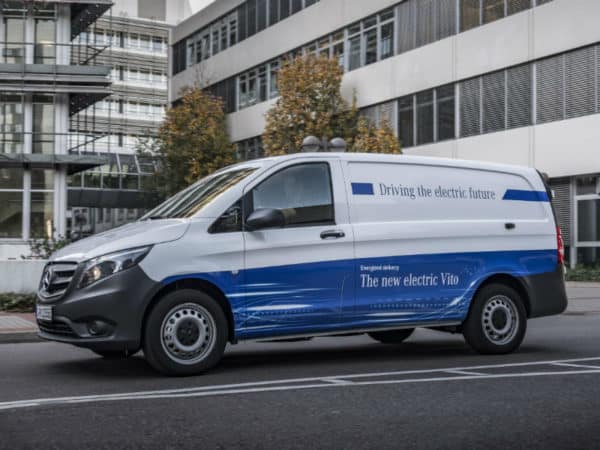
Merc: big trucks to electric Vitos
Paul Robertson from Mercedes-Benz trucks showed off a lovely hybrid 7.5 tonne truck from the Mitsubishi Fuso division (which parent Daimler bought in 2004), and it cuts fuel costs by 23%…
…meanwhile he reminded everyone that the electric Vito will land in 2018, an EV Sprinter the year after, and E-Truck in 2020. This is all just around the corner now and will in our view create the broader context in which early contenders like Nissan will be able to flourish even more.
Dirty emissions…from tyres?
Some data generated for the government by Ricardo, represented by principal consultant Dr Guy Hitchcock, has put out the message that 70% of particulates are from tyre abrasion and brake dust, which has led some sceptics to ask whether an EV revolution will address it…
…but the point was made that very high rolling resistance thin section BMW i3 tyres fitted to a lightweighted ‘barely-ever-touch-the-brakes’ EV, like the i3 or second gen Nissan Leaf, do indeed address part of this problem. The universe of the heavy SUV fitted with huge rims and wide low profile soft rubber will continue of course, but, ahem, it’s starting to look a bit naughty if it wasn’t already…

Leeds and Oxford lead on clean air plans
Leeds City Council and Oxford City Council talked about their respective plans to clean up air. The language revolves around ‘nudge’ solutions versus ‘seismic’ ‘let’s do it’ interventions. Oxford is setting up a zero emissions zone from 2020 and that falls into the seismic camp. But they haven’t figured out what to do about an antiquated Hackney Cab fleet, said Mai Jarvis, environmental quality team manager for Oxford City Council – and the proposed zone is initially tiny and mostly covers already-pedestrianized streets.
There’s a broader issue that no one has yet solved, namely, how do you know that a PHEV car or delivery van is running in leccy-only mode in an emissions free zone, apart from being next to it and listening carefully?
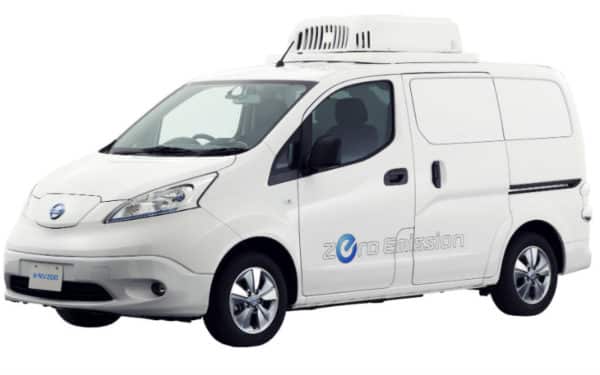
Electric vans: cheaper to run over five years
A brilliant talk by Steve Carroll, head of transport at Loughborough’s CENEX (the UK’s first Centre of Excellence for Low Carbon and Fuel Cell technologies) who has modelled commercial use of every conceivable fuel.
Basically, electric vans are significantly cheaper to run when viewed in terms of whole life costs over a five year span, as well as achieving real world well-to-wheel greenhouse gas reductions of 20-50%, rising to 20-100% on a tank-to-wheel basis. We just need more product, refrigeration units and so on! At least there’s a start with the Nissan e-NV200 fridge van (pictured).
CENEX also recently modelled a heavy gas-powered Stralis lorry delivering Coca-Cola rather than goose down. It points the way beyond diesel for heavy freight. Gas vehicle operation reduced NOX and PM emissions by 85.6% and 97.1% respectively. A big contender here is biomethane, which in the trial reduced fuel costs by 12.8 per cent.
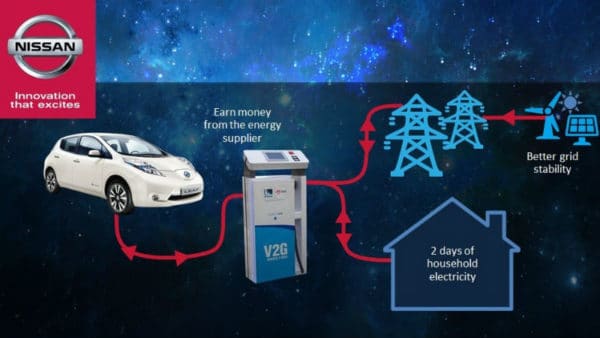
Smart grid is starting
Talks from energy company ENGIE and UK Power Networks suggest that a ‘smarter’ grid is already happening, with utility scale battery arrays already up and running, to capture renewables and conventional peak electricity production, and even out supply across known hot spots such as the 4pm tea time moment when all those kettles go on. Data driven analysis will in future get your EV charged in accordance with your actual use pattern not your whim, making sure that the tea can still be made at 4pm.
Client Earth: still holding the government’s feet to the fire
Client Earth are suing the government now for the third time for failing to address air quality, and Andrea Lee told the conference that the November budget (£220 million clean air fund paid for by the increased VED on diesel cars from April 2018) hasn’t dissuaded them from pursuing their claim that the government are not acting fast enough to address illegal levels of health-harming air in dozens of local authorities up and down the land.

It’s hard to say what this amounts to but don’t expect the negative media headlines around diesel to go away, or the potentially catastrophic implication for residual value.
In terms of the rest of the UK, all eyes are on London and the big question is whether London’s Ultra-Low Emission Zone and recently started T-Charge (toxicity charge) of £10 a day, will expand right out to North and South Circulars instead of only covering the existing Congestion Zone (which is only a tiny bit of London when you look at a map).
And when will this happen? Everyone is watching like a hawk. That decision has not been made. If it is, it’ll set the tone for the 2020s and effectively (we think) restrict diesel to heavy freight within a few years.

